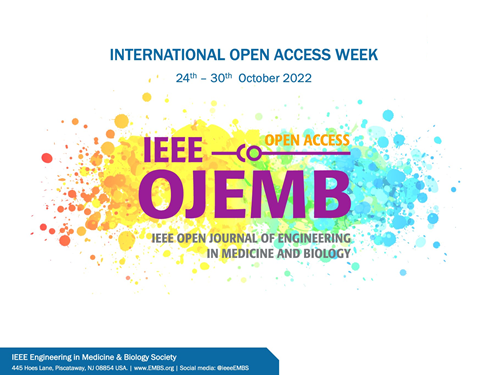Machine Learning-Based X-Ray Projection Interpolation for Improved 4D-CBCT Reconstruction
IF 2.9
Q3 ENGINEERING, BIOMEDICAL
IEEE Open Journal of Engineering in Medicine and Biology
Pub Date : 2024-09-11
DOI:10.1109/OJEMB.2024.3459622
引用次数: 0
Abstract
基于机器学习的 X 射线投影插值用于改进 4D-CBCT 重建
目标:呼吸相关锥束计算机断层扫描(4D-CBCT)是一种基于 X 射线的成像模式,它使用重建算法生成呼吸运动周期中移动解剖结构的时变容积图像。生成图像的质量受可用于重建的 CBCT 投影数量的影响。插值技术被用来生成中间投影,与原始投影一起用于重建。迁移学习是一种功能强大的方法,它能在解决新问题时重复使用预先训练好的模型。方法:本研究利用几个用于视频帧插值的最先进的预训练深度学习模型来生成中间投影。此外,还提出了一种新颖的回归预测建模方法,以实现相同的目标。数字模型和临床数据集用于评估模型的性能。结果显示结果表明,在所有数据集上,实时中间流估计(RIFE)算法在结构相似性指数法(SSIM):0.986 $\pm$ 0.010、峰值信噪比(PSNR):44.13 $\pm$ 2.76和均方误差(MSE):18.86 $\pm$ 206.90方面均优于其他算法。此外,内插投影与原始投影一起用于重建 4D-CBCT 图像,并与仅由原始投影重建的图像进行比较。结论使用建议方法重建的图像能最大限度地减少条纹伪影,从而提高图像质量。这项工作证明了在 4D-CBCT 图像增强中使用通用迁移学习算法的优势。
本文章由计算机程序翻译,如有差异,请以英文原文为准。
求助全文
约1分钟内获得全文
求助全文
来源期刊

IEEE Open Journal of Engineering in Medicine and Biology
ENGINEERING, BIOMEDICAL-
CiteScore
9.50
自引率
3.40%
发文量
20
审稿时长
10 weeks
期刊介绍:
The IEEE Open Journal of Engineering in Medicine and Biology (IEEE OJEMB) is dedicated to serving the community of innovators in medicine, technology, and the sciences, with the core goal of advancing the highest-quality interdisciplinary research between these disciplines. The journal firmly believes that the future of medicine depends on close collaboration between biology and technology, and that fostering interaction between these fields is an important way to advance key discoveries that can improve clinical care.IEEE OJEMB is a gold open access journal in which the authors retain the copyright to their papers and readers have free access to the full text and PDFs on the IEEE Xplore® Digital Library. However, authors are required to pay an article processing fee at the time their paper is accepted for publication, using to cover the cost of publication.
 求助内容:
求助内容: 应助结果提醒方式:
应助结果提醒方式:


